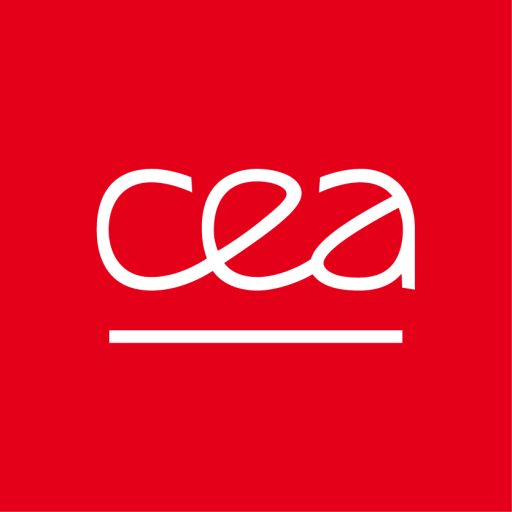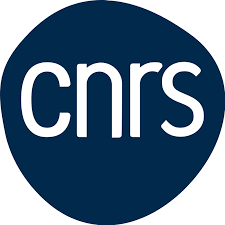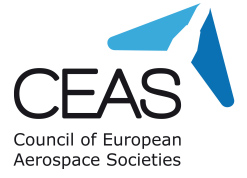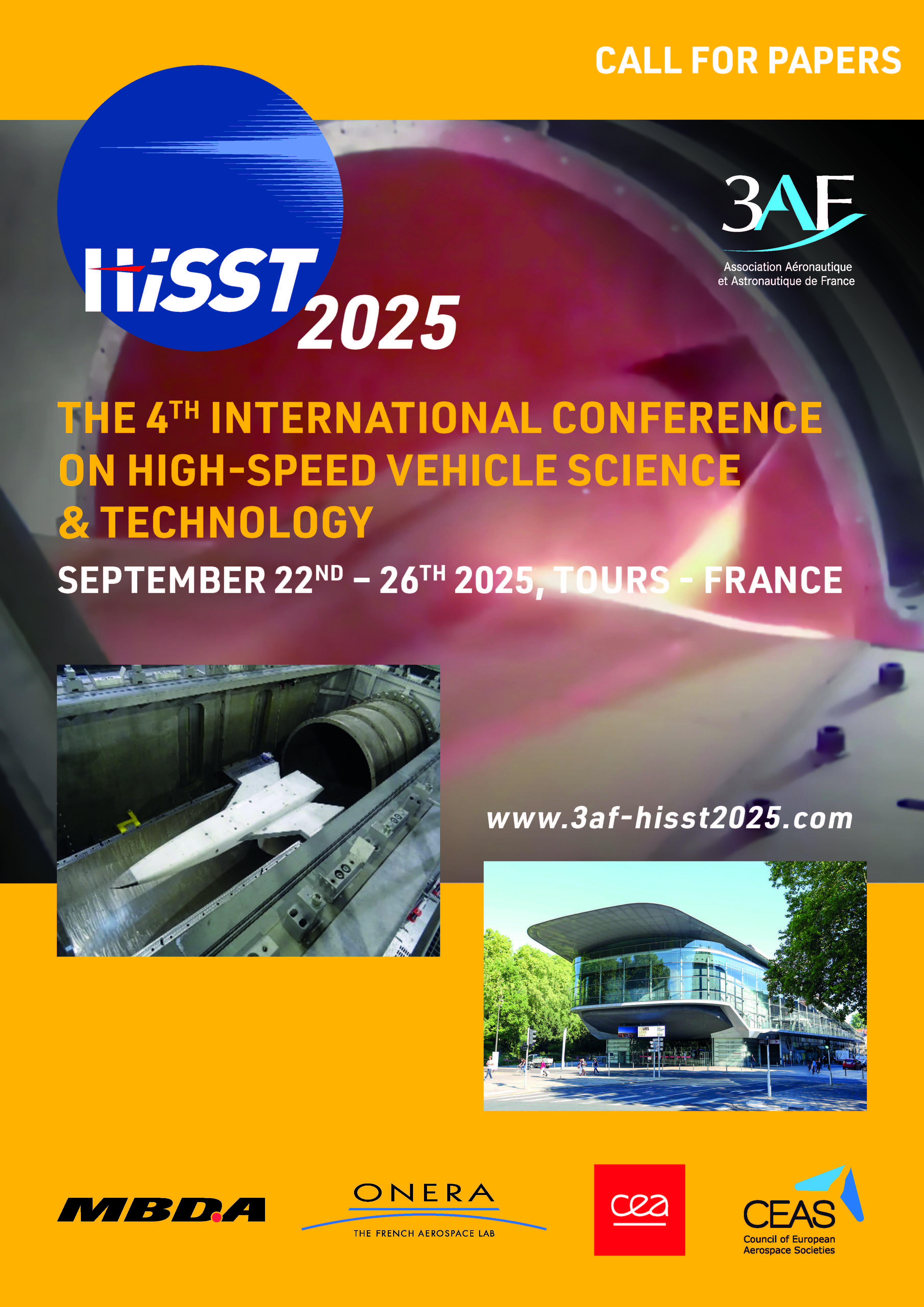Workshops
Workshops will be organized on September 24 afternoon.
WORKSHOP N°1 | Impact of AI on high-speed vehicles design
Chairs: Dr. Chen-An Zhang - Chinese Academy of Sciences | Antoine Rosso - MBDA France
Today, advancements in artificial intelligence (AI) have enabled unprecedented progress in embedding physical principles into neural networks. The keynote associated to the workshop illustrates how AI can dramatically impact the aerodynamic design and modelling of a vehicle. Presented case studies reveal that these novel AI-driven models enable the rapid discovery of previously unidentified geometric features under specific constraints, yielding insights unattainable through conventional methods. These breakthroughs not only enhance design efficiency but also deepen our understanding of hypersonic flight mechanisms. The workshop aims to share the experiences gained regarding the use of AI in the design of high-speed vehicles, as well as to identify the challenges and potential limitations of implementation, and even to imagine joint actions to accelerate the development of this type of approach.
WORKSHOP N°2 | Composite materials for intermediate temperatures (800°-1300°C)
Chairs: Guillaume Fischer - MBDA France | Dr. Bryan Kubitschek - NASA, USA
Ceramic matrix composites have been used for high temperature aerospace applications for a long time. During the last two decades, new families of such composites have reached the industrial scale. The historical carbon and silicon carbide-based materials are challenged by cheaper composites in the 800-1300°C temperature range. These materials, including oxide/oxide composites, rely on different processes and material chemistry and obey to their own design rules. By many aspects, the inheritance from polymer-based composites acts as a powerful enabler for the insertion at the boundary domain of application of metals and carbon-based composites.
This workshop aims at bringing discussion upon the opportunities and limitations of such materials. The goal is to review some key enablers and challenges. The participants are invited to raise questions and share their experience. Indicative topics to be discussed include experimental characterisation, design guidance, allowables determination, life cycle and environmental durability, mass manufacturing…
WORKSHOP N°2 | Rond-robin arc-jet testing campaign
Chairs: Dr. Matthew Blenis - Wichita State University, USA | Dr. Andrew Brune - NASA, USA
Enabling widespread use of high-temperature materials, including ceramic matrix composites (CMCs), as hot structures on re-entry and hypersonic vehicles, relies on access to reliable data for material response when subjected to representative flight environments. Unfortunately, no singular facility can completely replicate a full transient aerothermal flight condition. Therefore, emerging from discussions on this topic during a collaborative workshop at the Third International Conference on High-Speed Vehicle Science and Technology (HiSST) held in April 2024, a round-robin test campaign is proposed with four coupled objectives:
1. Grow international collaboration in high-temperature material testing and evaluation
2. Better understand existing and emerging test facilities
3. Expand high-temperature empirical test points for passive, transition, and active oxidation
4. Distribute a comprehensive high-enthalpy test-facility document
By conducting an international round-robin high-enthalpy testing campaign that allows voluntary levels of participation, we can cultivate and mature future international collaboration for high-enthalpy testing.
The workshop aims at further discuss and organize such an international effort.

 my account
my account








